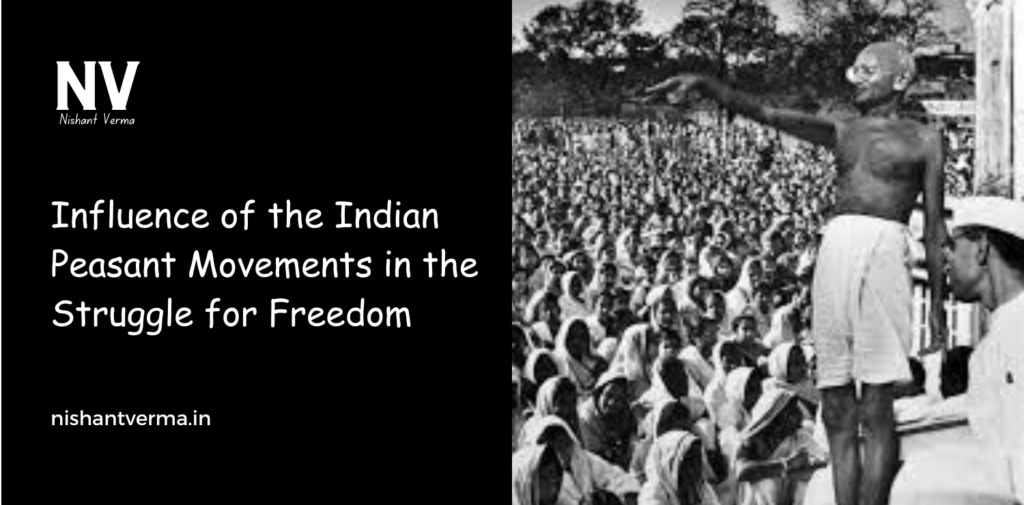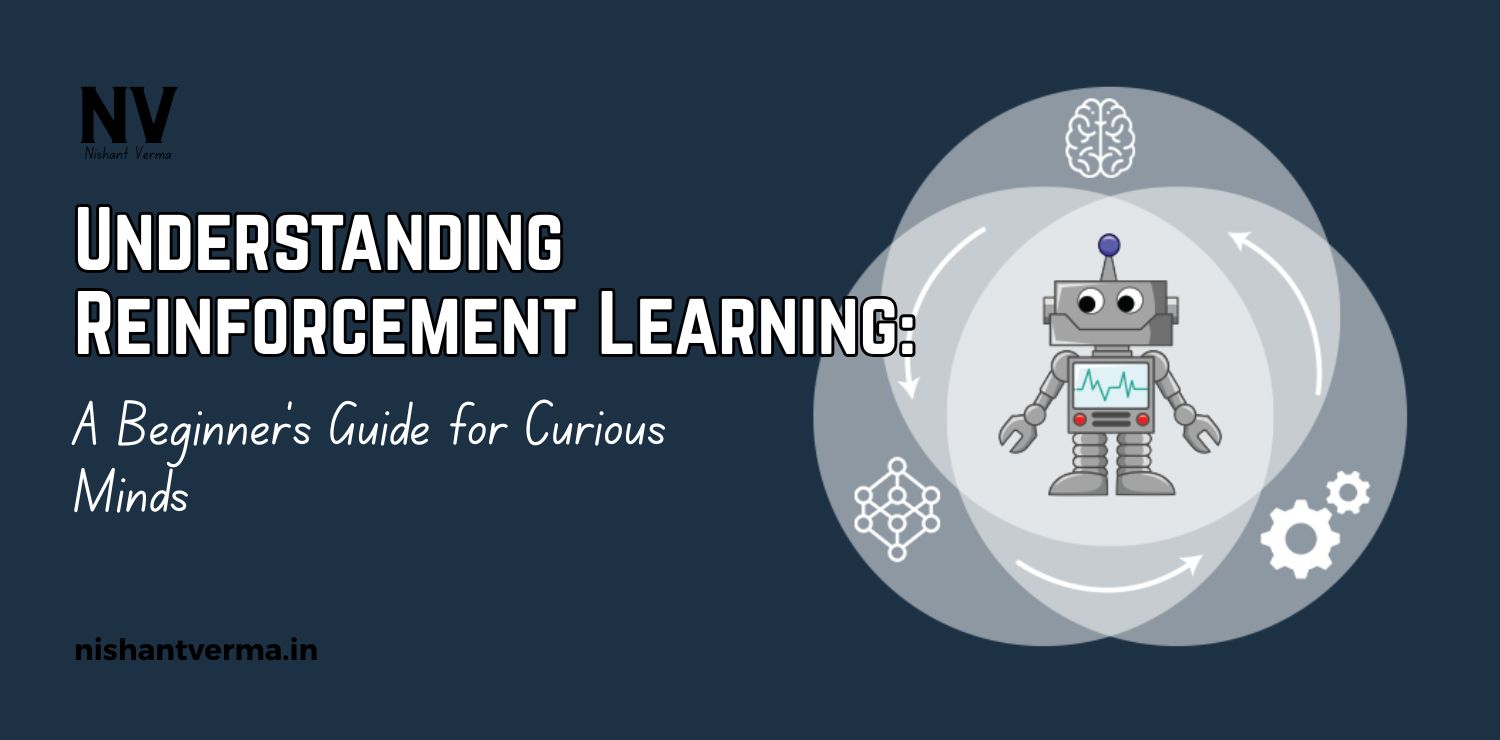The struggle for India’s independence from British rule was not just fought by kings, leaders, and politicians. Many ordinary people, especially peasants or farmers, played a crucial role in the fight for freedom. The Indian Peasant Movements were important protests led by farmers who were unhappy with the unfair treatment they received under British rule. These movements helped shape the way India fought for its freedom and brought the voices of ordinary people to the forefront. In this article, we will learn about the influence of these movements and how they contributed to the larger struggle for India’s independence.
Who Were the Peasants?
In India, peasants were people who worked on the land. They grew crops, raised animals, and did all kinds of hard work to feed the country. Most peasants were poor and had to deal with many problems under British rule. They were often forced to pay high taxes to the British government, and their land was taken away or controlled by the British and their landlords.
The British government used peasants for their benefit by taking crops, forcing them to grow crops they didn’t need, and making them pay high taxes that they could not afford. Many peasants struggled to survive, and the conditions were so bad that they decided to stand up and fight against this unfair treatment.
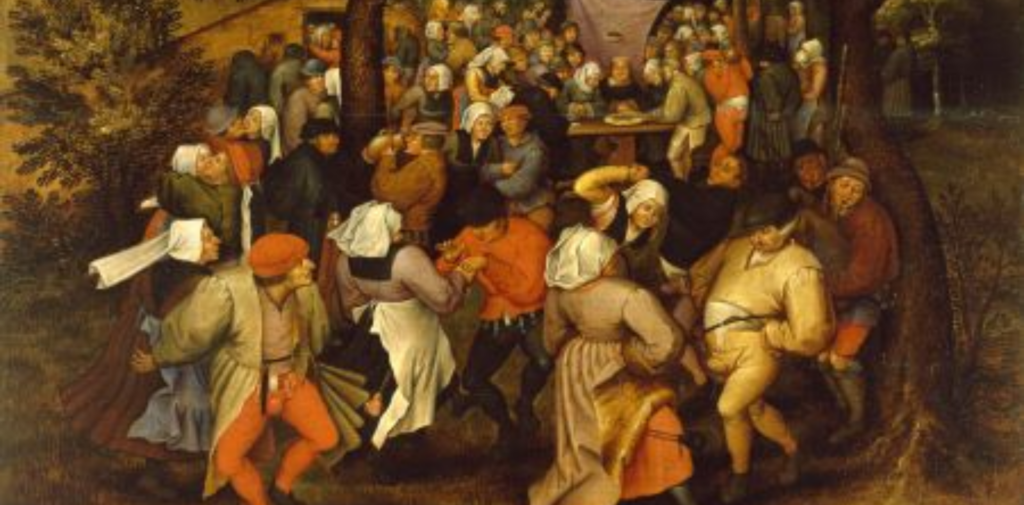
Why Did the Peasants Protest?
The British made life very difficult for the peasants in several ways:
- High Taxes: The British imposed high taxes on the peasants, forcing them to pay for the lands they farmed. They had to pay even if the crops didn’t grow well, and this made life very hard for the farmers.
- Forced to Grow Crops for Export: The British wanted to make money from India by forcing the peasants to grow crops like indigo, cotton, and opium, which were exported to other countries. This meant that farmers had to grow crops that didn’t benefit them or their families.
- Landlords and Zamindars: Many peasants didn’t own the land they worked on. Instead, they worked for landlords or zamindars (large landowners), who would take a large portion of the crops as rent. These landlords were often loyal to the British, and they were also unfair to the peasants.
- Starvation and Poverty: Despite working so hard, peasants often faced starvation and poverty. If crops failed due to bad weather, they would be left with nothing but still had to pay taxes. This created anger and frustration among the peasants.
The Role of Peasant Movements
The peasants were angry and wanted to change the system that was keeping them poor. They began to organize protests and movements to fight against the British and the landlords. These movements became a crucial part of the larger struggle for Indian independence.
The Champaran Movement (1917)
One of the earliest and most famous peasant movements was the Champaran Movement, which took place in 1917 in Bihar. In Champaran, peasants were forced to grow indigo under a system called the Tinkathia System, where they had to grow indigo and give it to the British at very low prices. This was very unfair because it left the peasants with very little food for themselves.
Mahatma Gandhi, who was already fighting for India’s freedom, heard about the troubles of the Champaran peasants. He went there and helped them fight for their rights. Gandhi organized the peasants, and through peaceful protests, he made the British government listen to their demands. As a result, the British were forced to change the system and give the peasants more control over their land.
The Champaran Movement was an important moment because it showed that peaceful protests could make a big difference. It also helped spread Gandhi’s idea of Satyagraha, or non-violent resistance, which would become a major part of India’s freedom struggle.
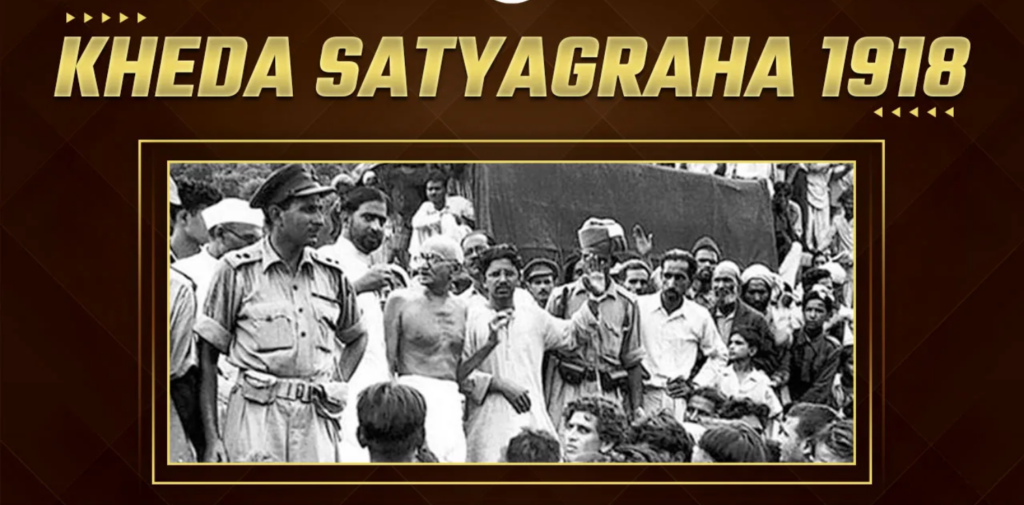
The Kheda Movement (1918)
Another important peasant movement took place in Kheda, Gujarat, in 1918. The peasants in Kheda were facing many hardships. The British government had raised taxes even though the crops had failed that year. This made it impossible for the peasants to pay the taxes.
Once again, Gandhi stepped in to help. He supported the peasants in their fight against the unfair tax system. Gandhi and his followers asked the British to reduce the taxes or give them more time to pay. They used the method of non-cooperation, where they refused to pay taxes and started a peaceful protest. The British government was forced to listen to the peasants’ demands and lowered the taxes.
The success of the Kheda Movement showed that the peasants had the power to stand up for their rights, and it gave more confidence to the freedom movement in India.
The Bardoli Satyagraha (1928)
Another famous peasant struggle was the Bardoli Satyagraha, which took place in Bardoli in Gujarat in 1928. The peasants in Bardoli were facing a huge increase in taxes, and the government had ignored their requests for a reduction. This caused a lot of anger among the peasants.
Under the leadership of Sardar Vallabhbhai Patel, the peasants of Bardoli launched a peaceful protest. They stopped paying taxes and asked for the taxes to be lowered. Patel used the power of Satyagraha to organize the peasants and led them in their fight against the British.
The Bardoli Satyagraha was a huge success, and the British government was forced to reduce the taxes. It was also important because it made Sardar Patel a national leader and showed that even peasants could lead successful movements for justice.
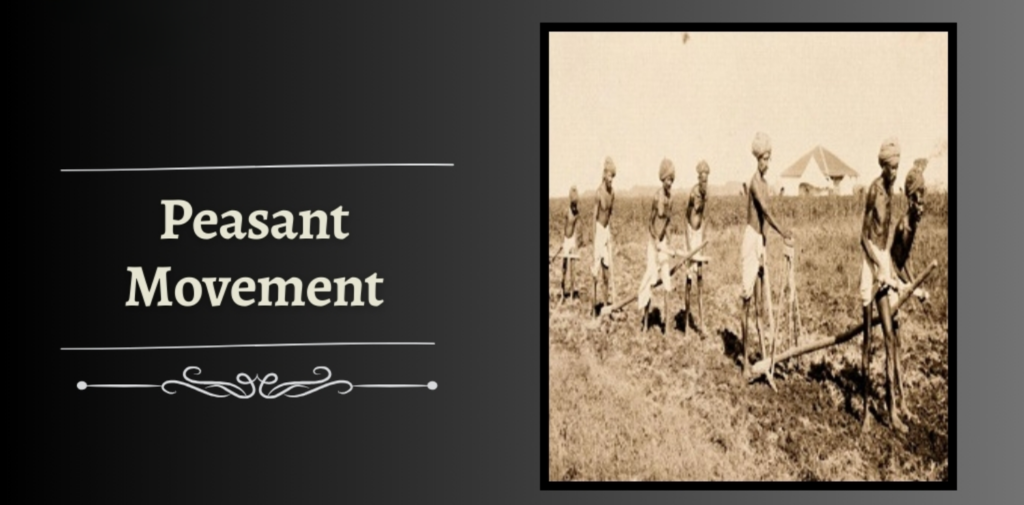
How Did the Peasant Movements Influence the Freedom Struggle?
The peasant movements played a key role in the overall struggle for India’s independence. Here’s how they influenced the movement:
- Strengthening the National Movement: The peasant movements gave a strong boost to the Indian National Congress (INC) and its efforts to gain freedom from British rule. The peasants’ involvement in these movements showed that ordinary people, not just politicians, were ready to fight for India’s freedom.
- Spreading Gandhi’s Ideas: The peasant movements helped spread Mahatma Gandhi’s ideas of Satyagraha and non-violence. Gandhi’s message reached far and wide, and many peasants, workers, and farmers were inspired by his peaceful methods of protest.
- Involving More People in the Struggle: The peasant movements brought many new people into the freedom struggle. It wasn’t just the rich and the educated fighting for freedom, but also farmers, women, and even children. The peasants’ active participation in protests and movements made the fight for freedom even stronger.
- Challenging British Power: By organizing and protesting, the peasants showed that the British could be challenged. Even though the British had a strong army and control over India, they could not stop the power of the people. The peasant movements were a reminder that the British could be defeated by unity and peaceful protests.
- Inspiring Future Movements: The success of the peasant movements inspired other movements for freedom, such as the Quit India Movement in 1942. The peasants had shown that peaceful resistance and unity could bring about change, and this inspired future leaders and freedom fighters.
Conclusion – Indian Peasant Movements
The Indian Peasant Movements were an important part of India’s fight for independence. The peasants, who worked hard on the land, faced many struggles under British rule. However, through movements like the Champaran Movement, Kheda Movement, and Bardoli Satyagraha, they fought back against the British and their unfair laws.
These movements showed that even the poorest and most ordinary people could make a big impact when they united and stood up for their rights. They also helped spread Gandhi’s ideas of non-violence and Satyagraha. The peasant movements proved that the fight for independence was not just for the rich or the politicians—it was a struggle for everyone, and everyone could play a part.
The influence of the Indian peasant movements continues to be remembered as an important chapter in India’s history of freedom. These movements were not just about fighting for land or better conditions; they were about fighting for justice, equality, and freedom.

